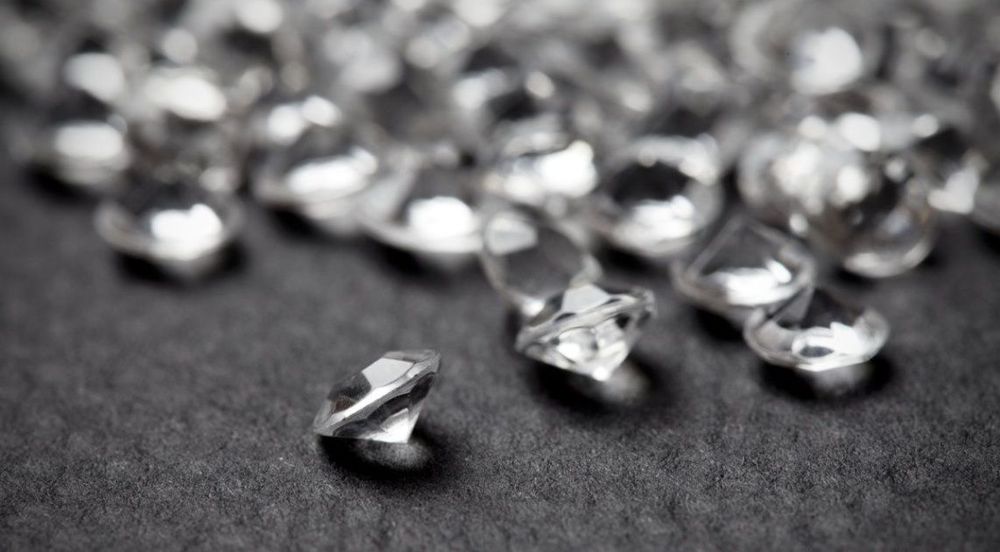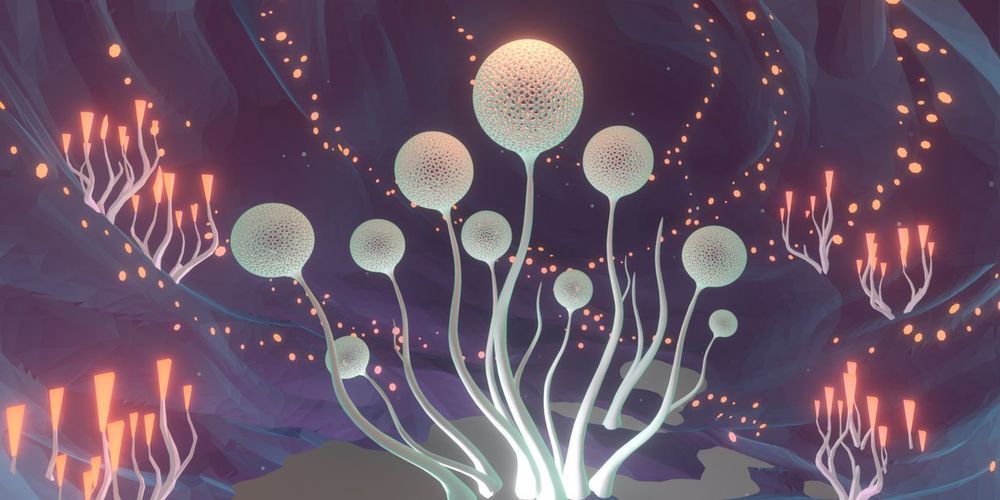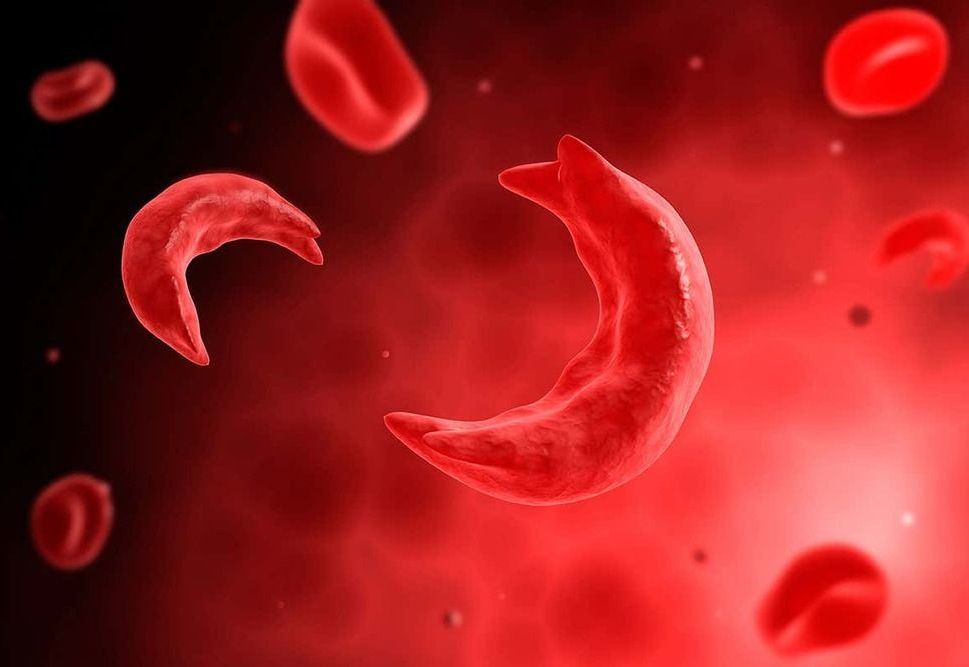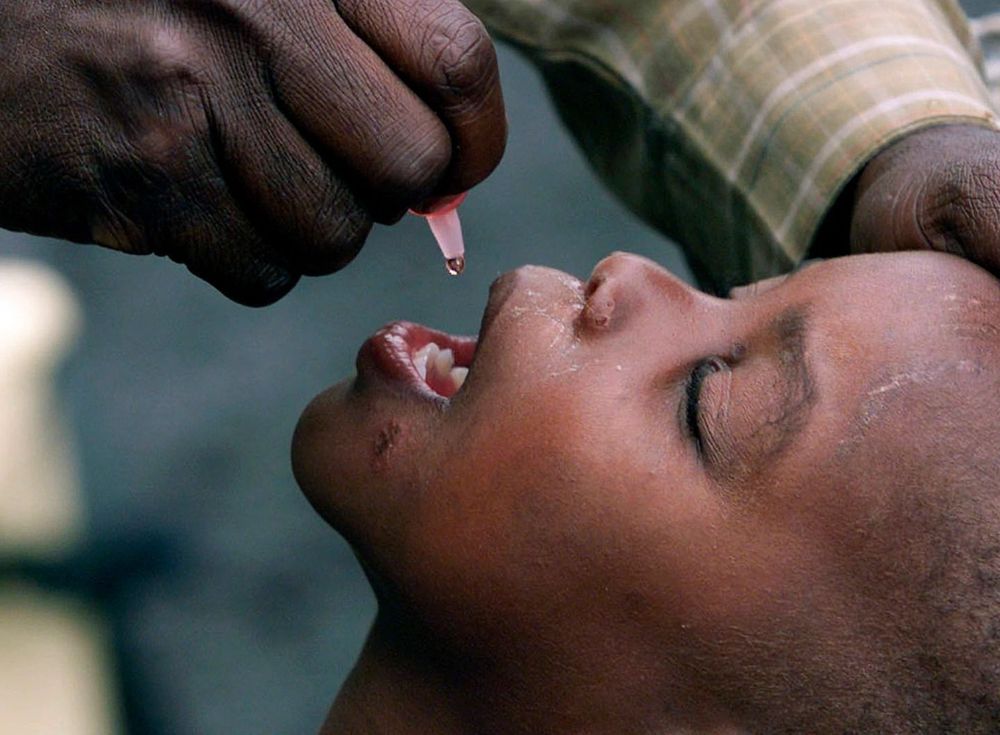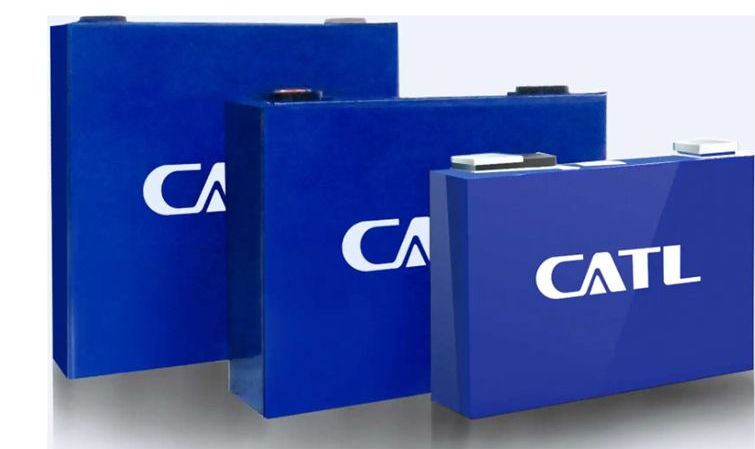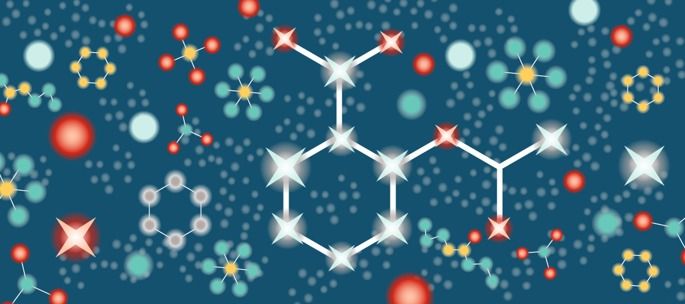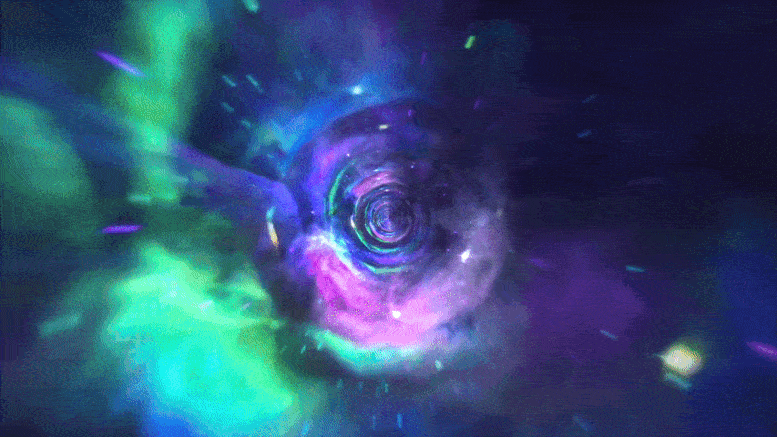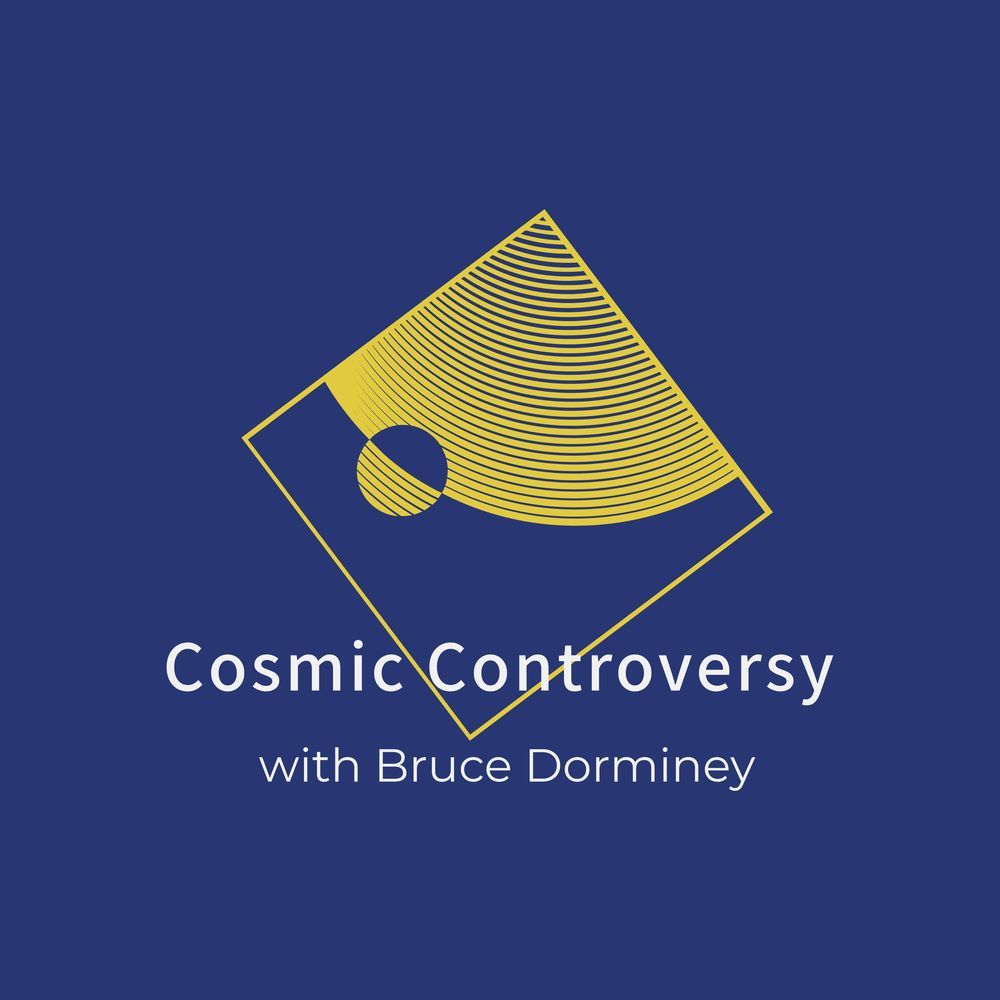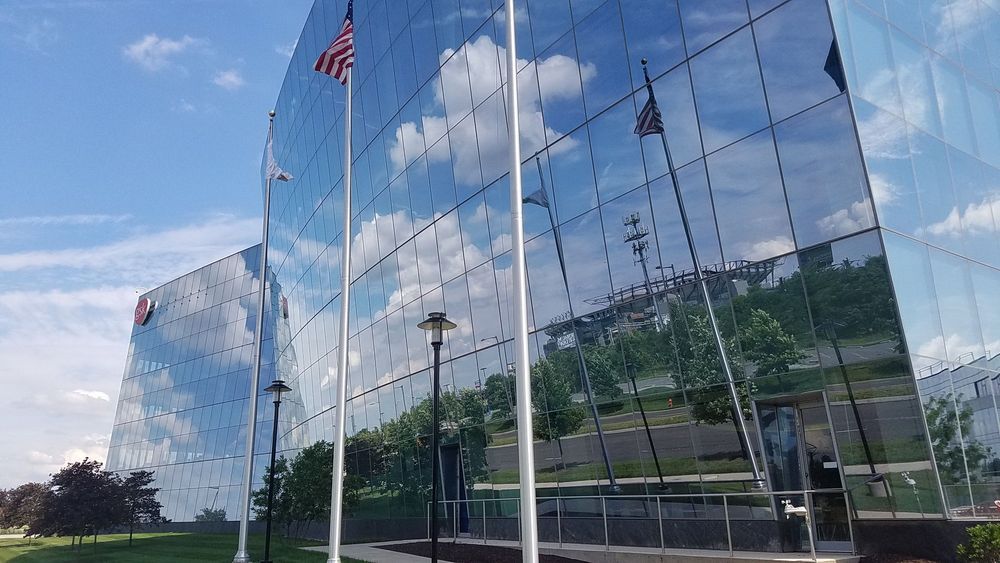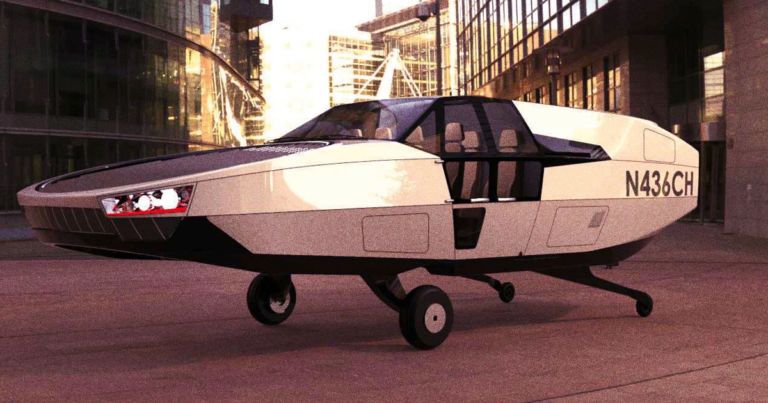Jun 14, 2020
Nano-sized diamond thread may be a super-strong wonder material
Posted by Quinn Sena in categories: materials, nanotechnology
Circa 2015
Move over, graphene — you’re not the only miracle material in town. Australian researchers have discovered that diamond nanothreads (one-dimensional diamond crystals capped with hydrogen) could be extremely strong. While scientists thought they were brittle when announced just a month ago, it turns out that they become supremely flexible (and thus durable) when you introduce the right kinds of defects. You could create nanoscopic structures that are just as strong as you need them to be, with a ‘perfect’ mix of bendy and rigid shapes.
